Most people associate Mizuno with performance irons for better players. However since the first JPX set appeared in 2010, Mizuno irons have also been available to those who require a little more assistance with distance and forgiveness.
As the name suggests the first JPX EZ irons in 2014 were very playable and took this to the next level and now the 2016 JPX EZ irons have refined this further.
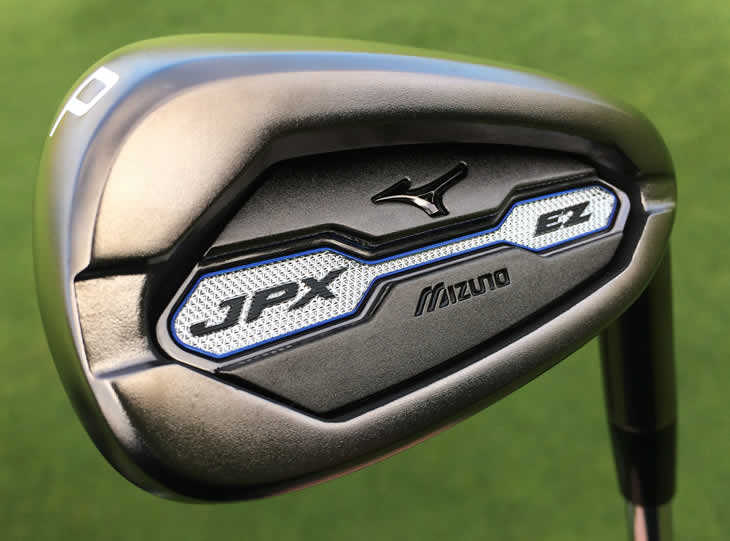
The first thing you will notice is the dark styling of the cast steel head that is a welcome replacement for the, shall we say, 'distinctive' orange cosmetics of the 2014 model.
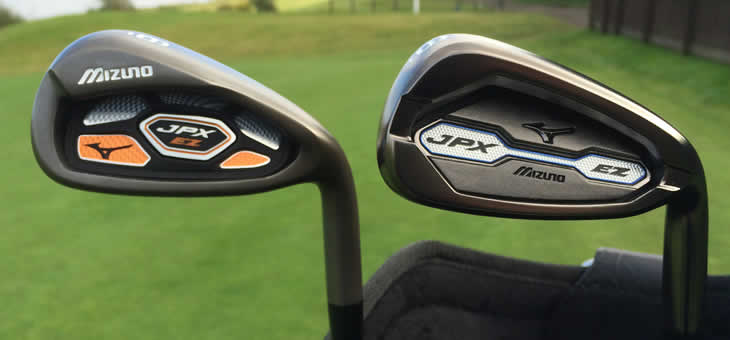
Mizuno has rebuilt the EZ head from the ground up and the shape of the sole is more streamlined compared to the toe heavy design of the previous model.

This is how the weight was moved to the toe before in order to increase the MOI and make the club more forgiving on off-centre hits. In the 2016 JPX EZ, Mizuno has created a deep undercut cavity that is thinner on the sole to enable the face to flex a little more at impact.
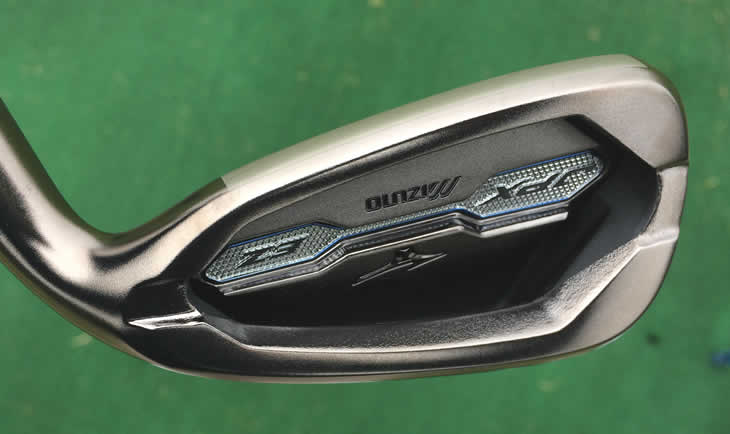
It is so thin that the numbers which are usually stamped on the sole are now on the toe of the club.
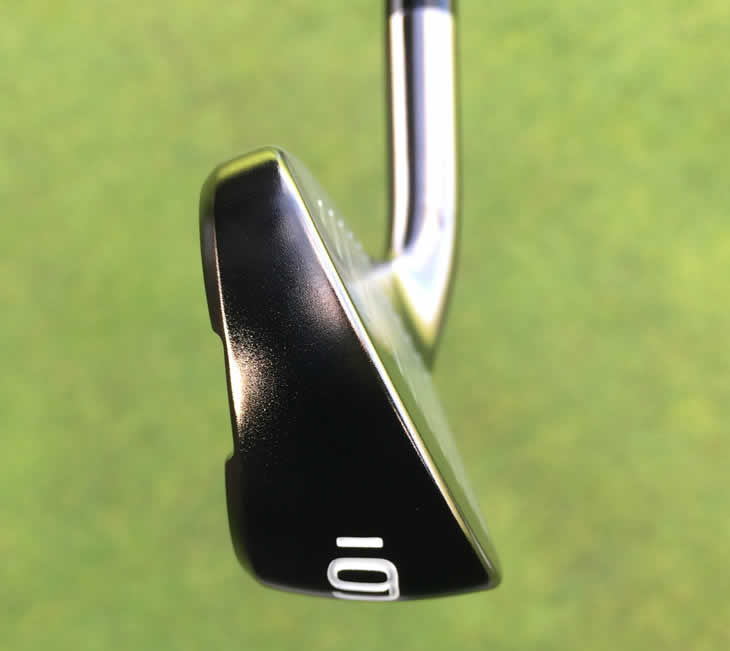
The cavity design also keeps the Centre of Gravity at the same depth front to back and lowers the sweet spot by 8mm to improve the launch angle.
The sole also feature some cambering on the leading and trailing edges to help keep the wider soles moving through the turf at impact.
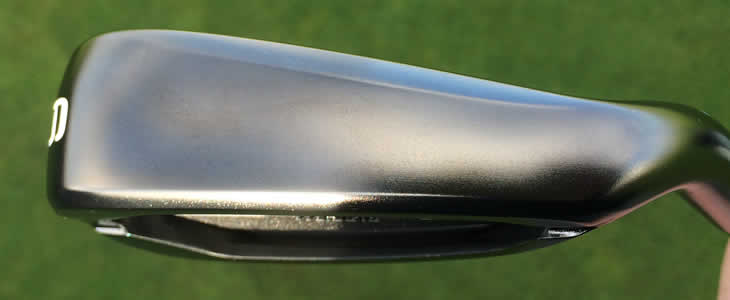
There is no escaping the fact that the JPX EZ irons look chunky when you put them down at address. The thick top line and large heads are amongst the biggest in the market, but they are actually very playable.
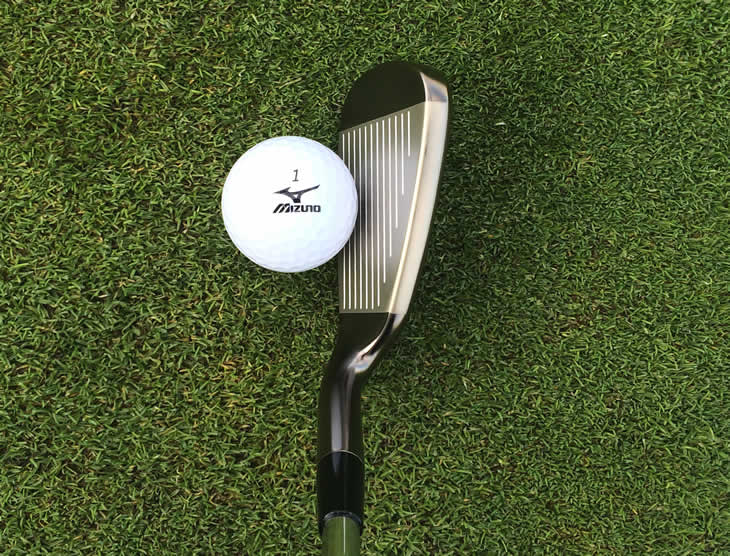
As you would expect, there is also a greater hosel offset on the EZ than the EZ Forged, but compared to other high handicap irons it is actually relatively small and that helps the looks of the EZ at address.
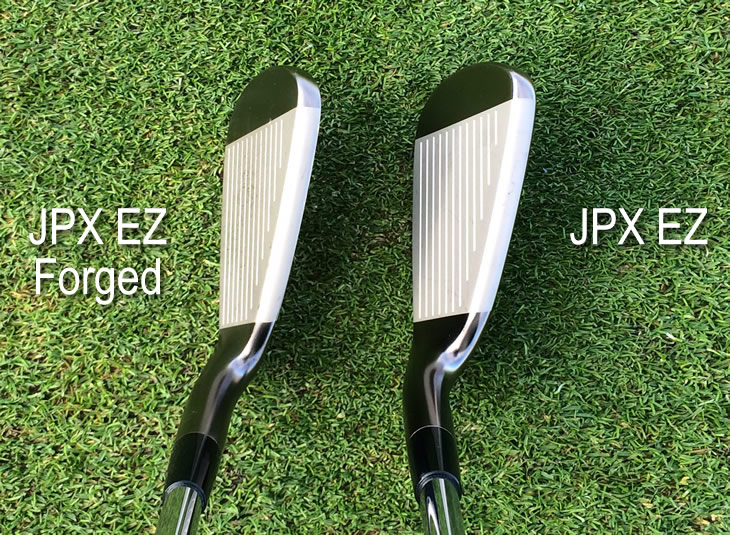
The sound was still a bit on the 'clacky' side due to the large cavity, but it was not offensive and for an iron of this design the feel was very good.
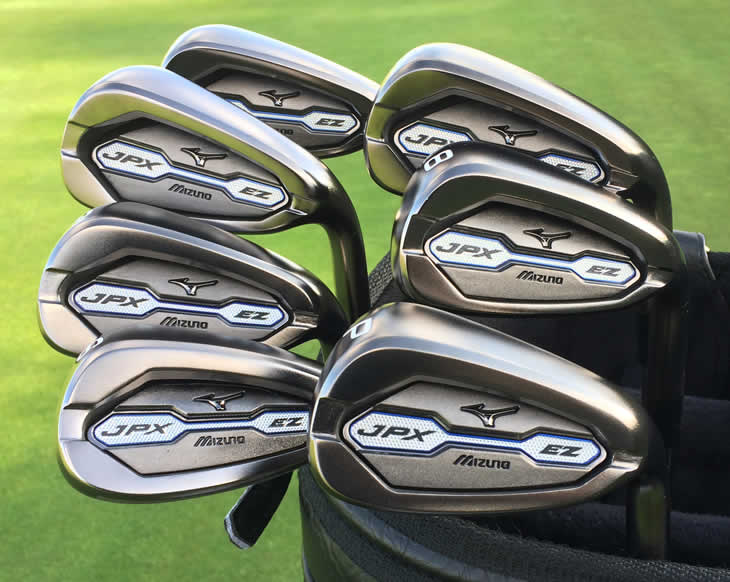
The flight is on the high side, but it was still penetrating and when I compared them on Trackman to the previous model the level of spin was much lower.
This combined with the faster face helped to generate around 10 yards more distance with a 6-iron than the previous model, due to a ball speed that was around 5mph faster. The launch was a little higher and the spin was about the same so it is the changes in the head design that are giving these results as the lofts are the same as before.
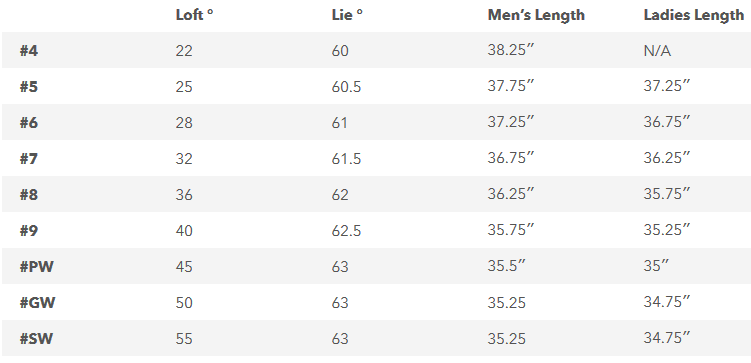
The set comes as standard with the True Temper Dynamic Golf XP95 shaft that is light and responsive and other shafts are available through the excellent Swing DNA service at Mizuno Fitting Centres.

Whilst there is a 4-iron, the set starts at 5 iron and goes down to Sand Wedge. The pitching wedge at 45° is strong, but not as strong as some and I would recommend going down to the gap wedge at 50° as the short irons play very well for this type of club.
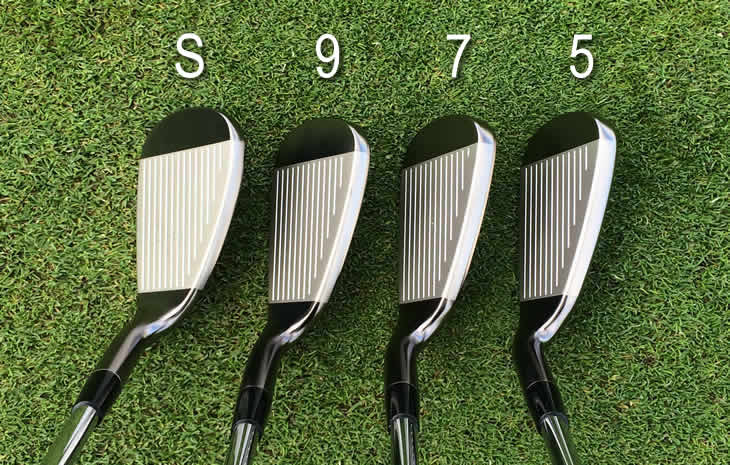
The 55° sand iron is good from grass and OK from sand as it could do with some more bounce, so switching in a 56° Mizuno S5 wedge for getting out of trouble would be a better option.

Both in terms of performance and looks, the 2016 Mizuno JPX EZ irons are an improvement on the previous model, so it just comes down to how much forgiveness you need as to which of the 2016 EZ irons you should go for.
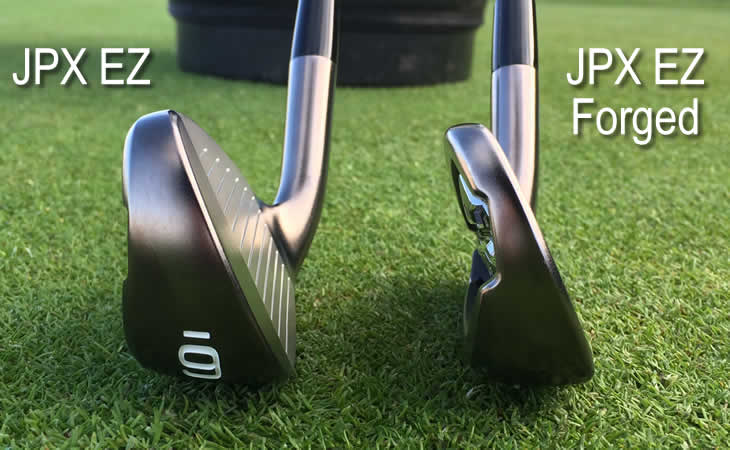
Whilst I could see most mid to high handicappers using this model, the oversized looks may suit those towards the higher end of the scale as the JPX EZ Forged irons are a little thinner and give a better sound and feel that improving mid-handicappers may prefer.